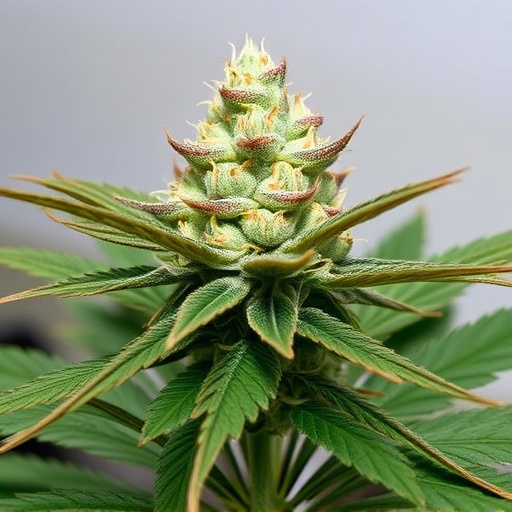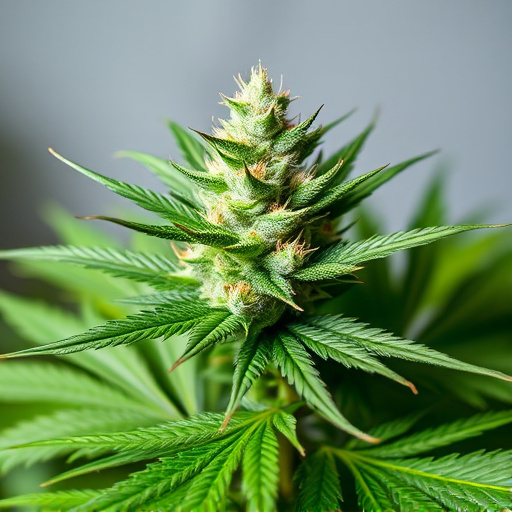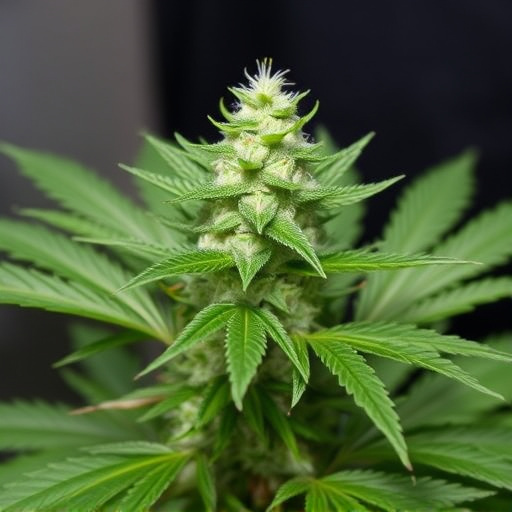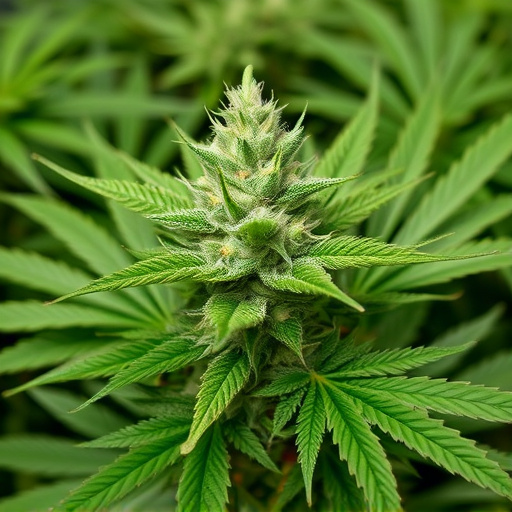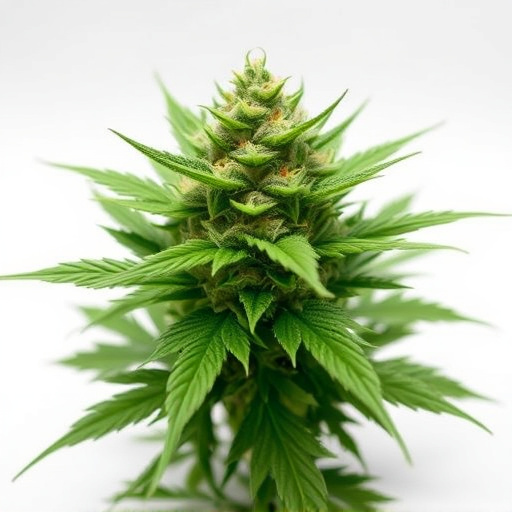Metabolism significantly impacts the detection time of cannabis compounds like THC, varying due to age, BMI, health, and usage frequency. Individuals have unique metabolic rates influenced by genetic factors, leading to differing experiences with cannabis effects and outcomes. These variations are crucial when considering the global popularity of best cannabis strains in the world among recreational and medicinal users, as accurate interpretation of test results depends on understanding individual metabolism.
“Unraveling the factors that dictate cannabis detection times is crucial for understanding its impact on various settings. This article explores the intricate web of elements affecting these timelines, from individual metabolism and genetic predispositions to strain characteristics and environmental influences.
We delve into how genetic factors shape metabolic rates, with age, weight, and health playing a part. Furthermore, we examine the global popularity of best cannabis strains in the world and their varying cannabinoid profiles, terpenes, and associated effects on detection periods. Also, consumption methods, frequency, dosage, individual tolerance, and environmental variables are considered.”
- Metabolism and Individual Variations
- – Genetic factors influencing metabolism
- – Age, weight, and overall health as variables
Metabolism and Individual Variations
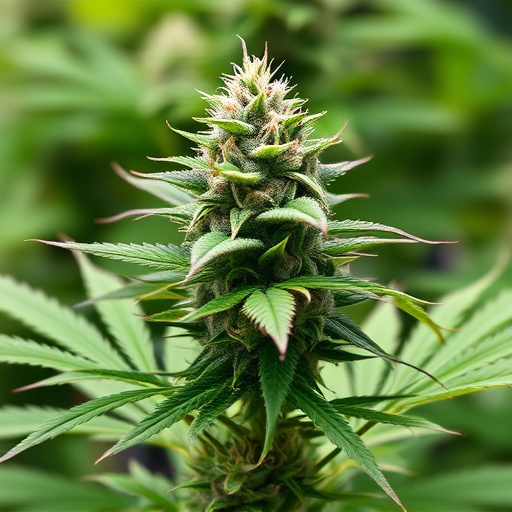
Metabolism plays a pivotal role in determining how quickly cannabis is processed and detected in an individual’s system. Every person’s metabolic rate varies, influencing the speed at which active compounds like THC (tetrahydrocannabinol) are broken down and eliminated. This natural variation means that even among users of the best cannabis strains in the world, detection times can differ significantly.
Genetics, age, body mass index, overall health, and the frequency of use all contribute to these individual differences. For instance, younger users with faster metabolisms may experience shorter detection periods compared to older individuals who might retain compounds for extended times. Understanding these factors is crucial when considering potential time frames for cannabis detection, as it highlights that a one-size-fits-all approach won’t accurately predict when someone will test positive.
– Genetic factors influencing metabolism

The speed at which cannabis is metabolized and eliminated from the body can vary greatly among individuals, with genetic factors playing a significant role. The way our bodies process cannabis is largely determined by our unique genetic makeup, which influences the activity of enzymes involved in metabolism. For instance, certain gene variants may lead to faster or slower breakdown of cannabinoids like THC, affecting how quickly it’s cleared from an individual’s system. This genetic diversity explains why some people may experience cannabis effects for extended periods after consumption, while others metabolize it more rapidly, leaving them with shorter-lasting high.
When considering the best cannabis strains in the world, these genetic variations become particularly relevant. Different strains possess distinct cannabinoid profiles and terpene compositions, which can interact with an individual’s metabolism in unique ways. Some strains may be known for their potent effects that linger, catering to those with slower metabolic rates, while others are bred for more subtle yet longer-lasting highs, appealing to users who metabolize cannabis quickly. Understanding these genetic factors can provide insights into why individuals respond differently to various cannabis strains and how they might optimize their consumption based on their unique biology.
– Age, weight, and overall health as variables
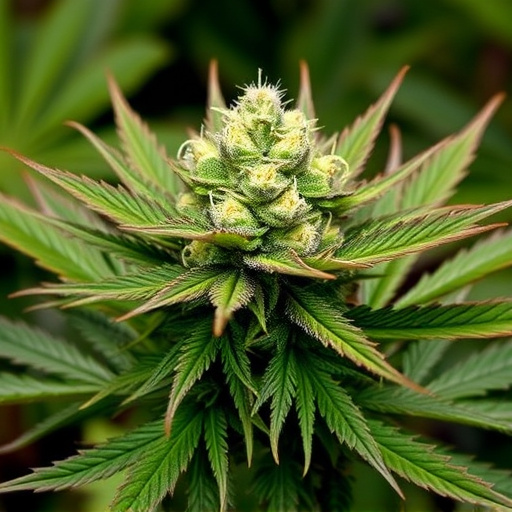
The metabolism and elimination of cannabis compounds, such as THC (tetrahydrocannabinol), can vary significantly among individuals, with age, weight, and overall health playing pivotal roles. Older adults, for instance, may experience longer detection times due to reduced liver function and changes in drug processing as part of the natural aging process. Similarly, individuals with underlying health conditions or those on certain medications might have altered cannabis clearance rates, leading to extended periods where trace amounts of THC can still be detected.
Body mass index (BMI) is another critical factor. People with lower BMIs tend to metabolize and excrete cannabis compounds faster than those with higher BMI, potentially resulting in shorter detection windows. This could be attributed to differences in fat-to-water ratios and metabolic rates. When considering the global popularity of best cannabis strains in the world, understanding these variables is crucial for accurate interpretation of testing results, especially for individuals who use cannabis recreationally or for medicinal purposes.
In conclusion, understanding the factors that impact cannabis detection times is essential for both users and legal authorities. Metabolism plays a significant role, with genetic influences and individual characteristics like age, weight, and health contributing to varying elimination rates. When considering the global popularity of the best cannabis strains in the world, these variables underscore the importance of personalized interpretations of testing results. Awareness of these factors helps ensure accurate assessments, promoting responsible use and informed decision-making in the ever-evolving landscape of cannabis consumption.









